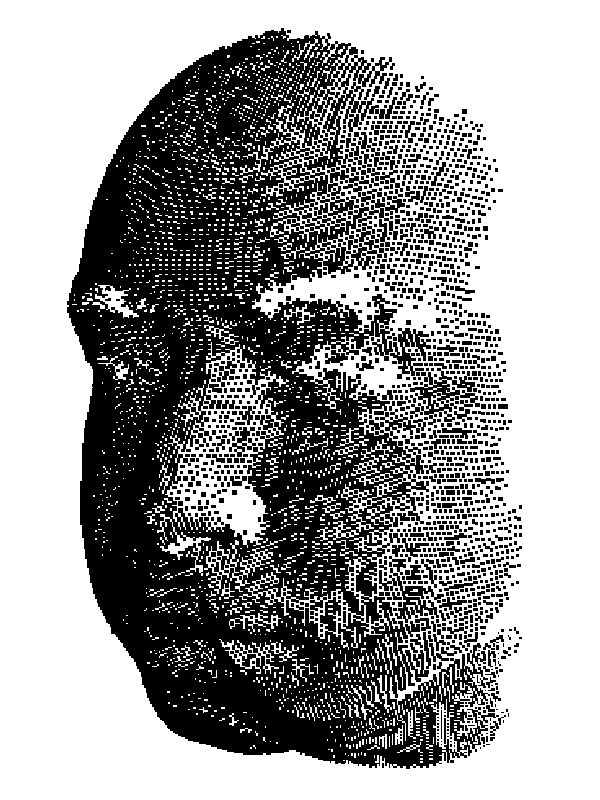Specialized in facial recognition, the U.S.-based company StereoVision Imaging (SVI) announced that it won eight patents related to Frequency Modulated Continuous Wave (FMCW) LiDAR technology.
Conventional FMCW LiDAR systems are typically limited in various aspects of operation. For example, these conventional systems are not able to provide range and/or range rate information instantaneously based on the target signal or unambiguously determine distance and velocity. These limitations may be exacerbated by various operating conditions such as, for example, target acceleration toward or away from the LiDAR sensor that use mirrors or lens to scan the target at high speeds or other operating conditions.

(Image: SVI)
Motion of the object toward or away from the FMCW LiDAR sensor Doppler-shifts the return signal. SVI's patented approach utilizes multiple beams of light from one or more laser sources to determine at least two independent motion aspects of the target. The beams of light are up-chirped and down-chirped respectively. Solving these two or more simultaneous measurements allows for faster and more accurate instantaneous determination of range and velocity measurements versus the traditional sequential approach.
Further this approach removes certain temporal affects associated with single beam systems. This same technology can be utilized to remotely detect physiological functions such as breathing and heart rates as well as can be used for acoustic surveillance and fused with video to reduce computational overhead.
For facial recognition, SVI's patented Dual Chirp FMCW LiDAR techniques scan the face and generate over 20,000 points. Each scanned point is encoded with range and velocity measurement which is critical for proper facial recognition of moving faces and same technology can provide faster decision making for driverless cars in the detection and recognition of moving targets to avoid collisions.

(Image: SVI)





 CN
TW
EN
CN
TW
EN







